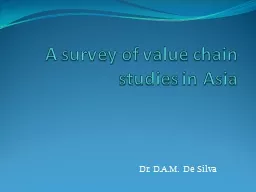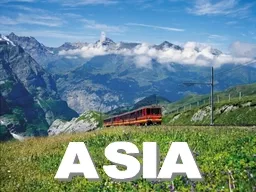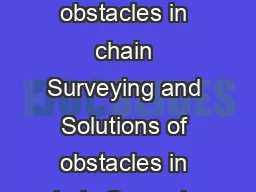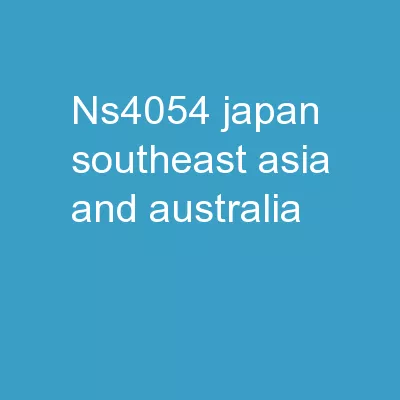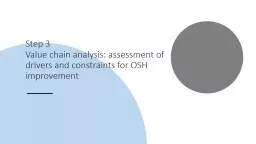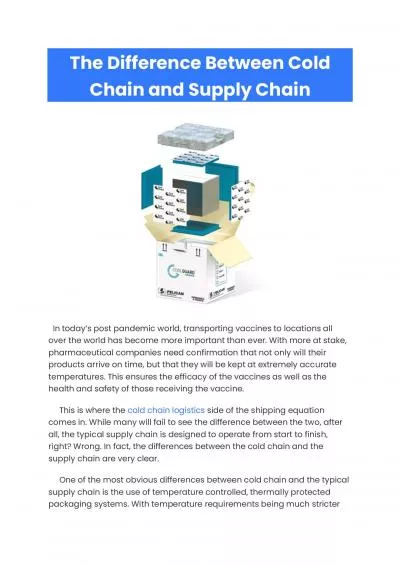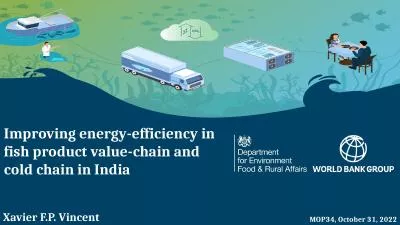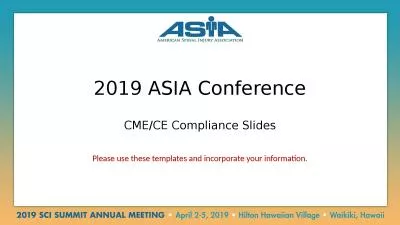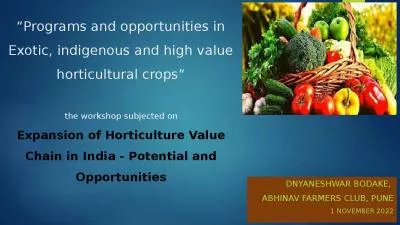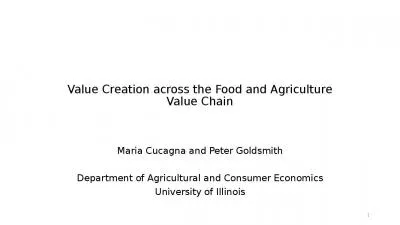PPT-A survey of value chain studies in Asia
Author : pamella-moone | Published Date : 2015-11-05
Dr DAM De Silva Supply chain is not synonymous with value chain because Value chains are concerned with what the market will pay for a good offered for sale The
Presentation Embed Code
Download Presentation
Download Presentation The PPT/PDF document "A survey of value chain studies in Asia" is the property of its rightful owner. Permission is granted to download and print the materials on this website for personal, non-commercial use only, and to display it on your personal computer provided you do not modify the materials and that you retain all copyright notices contained in the materials. By downloading content from our website, you accept the terms of this agreement.
A survey of value chain studies in Asia: Transcript
Download Rules Of Document
"A survey of value chain studies in Asia"The content belongs to its owner. You may download and print it for personal use, without modification, and keep all copyright notices. By downloading, you agree to these terms.
Related Documents

